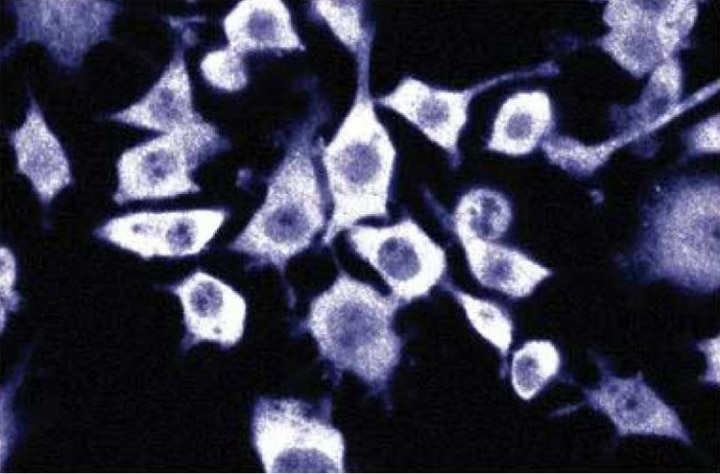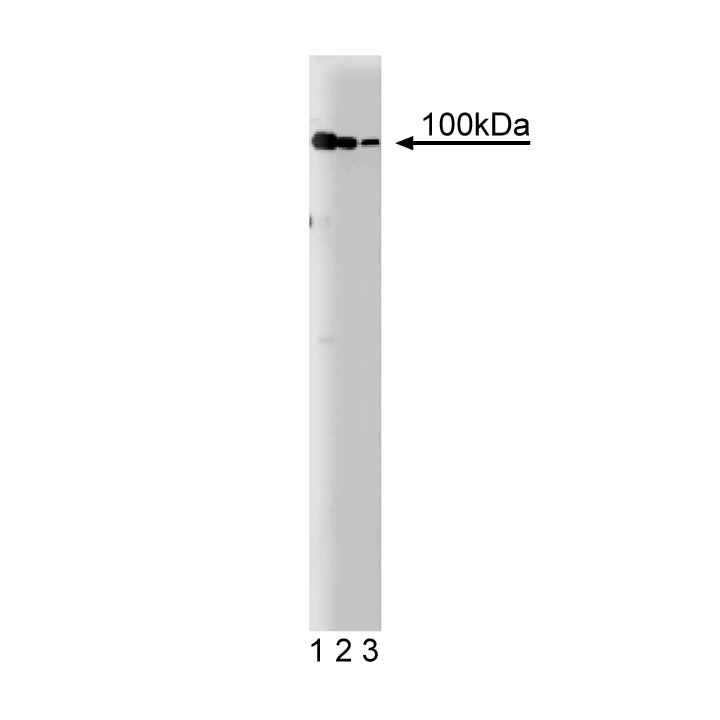-
Reagents
- Flow Cytometry Reagents
-
Western Blotting and Molecular Reagents
- Immunoassay Reagents
-
Single-Cell Multiomics Reagents
- BD® OMICS-Guard Sample Preservation Buffer
- BD® AbSeq Assay
- BD® Single-Cell Multiplexing Kit
- BD Rhapsody™ ATAC-Seq Assays
- BD Rhapsody™ Whole Transcriptome Analysis (WTA) Amplification Kit
- BD Rhapsody™ TCR/BCR Next Multiomic Assays
- BD Rhapsody™ Targeted mRNA Kits
- BD Rhapsody™ Accessory Kits
- BD® OMICS-One Protein Panels
-
Functional Assays
-
Microscopy and Imaging Reagents
-
Cell Preparation and Separation Reagents
-
- BD® OMICS-Guard Sample Preservation Buffer
- BD® AbSeq Assay
- BD® Single-Cell Multiplexing Kit
- BD Rhapsody™ ATAC-Seq Assays
- BD Rhapsody™ Whole Transcriptome Analysis (WTA) Amplification Kit
- BD Rhapsody™ TCR/BCR Next Multiomic Assays
- BD Rhapsody™ Targeted mRNA Kits
- BD Rhapsody™ Accessory Kits
- BD® OMICS-One Protein Panels
- Norway (English)
-
Change country/language
Old Browser
This page has been recently translated and is available in French now.
Looks like you're visiting us from United States.
Would you like to stay on the current country site or be switched to your country?
BD Transduction Laboratories™ Purified Mouse Anti-NAT1
Clone 35/NAT1 (RUO)




Immunofluorescence staining of mouse macrophages.

Western blot analysis of NAT1 on a HeLa cell lysate (Human cervical epitheloid carcinoma; ATCC CCL-2). Lane 1: 1:500, lane 2: 1:1000, lane 3: 1:2000 dilution of the mouse anti-NAT1 antibody.


BD Transduction Laboratories™ Purified Mouse Anti-NAT1

BD Transduction Laboratories™ Purified Mouse Anti-NAT1

Regulatory Status Legend
Any use of products other than the permitted use without the express written authorization of Becton, Dickinson and Company is strictly prohibited.
Preparation And Storage
Recommended Assay Procedures
Western blot: Please refer to http://www.bdbiosciences.com/pharmingen/protocols/Western_Blotting.shtml
Product Notices
- Since applications vary, each investigator should titrate the reagent to obtain optimal results.
- Please refer to www.bdbiosciences.com/us/s/resources for technical protocols.
- Caution: Sodium azide yields highly toxic hydrazoic acid under acidic conditions. Dilute azide compounds in running water before discarding to avoid accumulation of potentially explosive deposits in plumbing.
- Source of all serum proteins is from USDA inspected abattoirs located in the United States.
Data Sheets
Companion Products

.png?imwidth=320)
eIF-4 proteins are required for recognition of mRNA and acceleration of protein translation. This group of proteins consists of the RNA helicase eIF-4A, the RNA-binding protein eIF-4B, the cap-binding protein eIF-4E, and eIF-4G (p220). NAT1 (Novel APOBEC-1 Target no. 1), also known as DAP-5 (Death Associated Protein -5), is homologous to eIF-4G. Amino acid sequence comparison of NAT1 and eIF-4 shows that NAT1 lacks an eIF-4G N-terminal region. This region mediates eIF-4G association with eIF-4E. The highest degree of homology is within the central portions of NAT1 and eIF-4G, while the lowest degree of homology occurs at the C-terminus. NAT1 more closely resembles a cleaved form of eIF-4G that is involved in cap-independent translation. It is thought that NAT1 is involved in the repression of translation via its inhibition of both cap-dependent and cap-independent translation.
Development References (3)
-
Henis-Korenblit S, Strumpf NL, Goldstaub D, Kimchi A. A novel form of DAP5 protein accumulates in apoptotic cells as a result of caspase cleavage and internal ribosome entry site-mediated translation. Mol Cell Biol. 2000; 20(2):496-506. (Biology: Western blot). View Reference
-
Levy-Strumpf N, Deiss LP, Berissi H, Kimchi A. DAP-5, a novel homolog of eukaryotic translation initiation factor 4G isolated as a putative modulator of gamma interferon-induced programmed cell death. Mol Cell Biol. 1997; 17(3):1615-1625. (Biology). View Reference
-
Yamanaka S, Poksay KS, Arnold KS, Innerarity TL. A novel translational repressor mRNA is edited extensively in livers containing tumors caused by the transgene expression of the apoB mRNA-editing enzyme. Genes Dev. 1997; 11(3):321-333. (Biology). View Reference
Please refer to Support Documents for Quality Certificates
Global - Refer to manufacturer's instructions for use and related User Manuals and Technical data sheets before using this products as described
Comparisons, where applicable, are made against older BD Technology, manual methods or are general performance claims. Comparisons are not made against non-BD technologies, unless otherwise noted.
For Research Use Only. Not for use in diagnostic or therapeutic procedures.